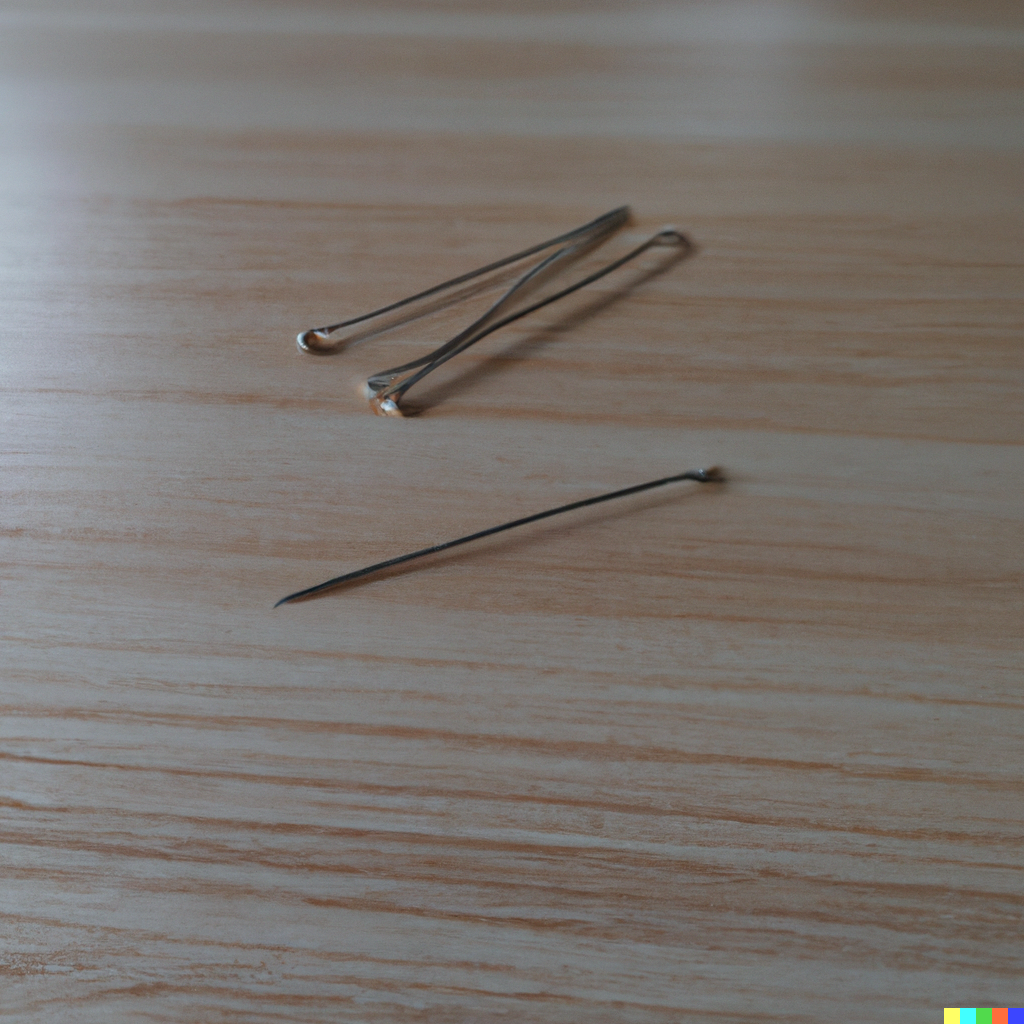Over the past 10 years, dry needling has started to pick up steam as a treatment method for all sorts of musculoskeletal pain.
But is dry needling safe for shoulder blade pain? The short answer is no. As was demonstrated by one of my professors back in grad school, a certain percentage of individuals have small foramina (small holes) in their shoulder blades. It’s possible that instead of the muscle stopping at a bony endpoint it instead punctures the lung.
As you can imagine, puncturing the lung is not an advised…
This causes negative pressure on the lung which then results in a collapsed lung.
Additionally, it’s not recommended to dry needle between the shoulder blades either as there are only the ribs to block the needle and you still risk going too deep.
In my professional opinion, the risk is not worth the reward.
There are many other methods of relieving shoulder blade pain that I’ve shared in this article I just linked to. (also if you are wondering if shoulder blade pain can cause armpit pain, check out this article)

What does the research say about scapular foramina?
Based on this study published in 2018, out of 120 scapulae examined, 7.5% had foramina.
https://pubmed.ncbi.nlm.nih.gov/29026978/
So, still low risk, however like I stated before there are much better methods to address this.
When is Dry Needling Useful and Is it Better Than Placebo?
Dry needling can be used for trigger points (sore muscle knots) in several parts of the body.
Ideally, there should be a bony surface behind the muscle or structure the practitioner is trying to needle and there should not be any critical internal organs beneath the needling location.
Unfortunately, dry needling and most other treatment methods are not much better than a placebo treatment when it comes to treating pain. If you’ve only had pain for a few weeks, it’s likely it’ll get better on it’s own or with a combination of any other treatment methods.
And to be fair, this is true oftentimes for exercise too. Exercise has a very small effect on pain, as well as dry needling, massage, CBT, and just about everything else.
The most potent solution we have for chronic pain is time, staying moving, and adjusting activities when we are in a flare-up.
Is Dry Needling Different Than Acupuncture?
From an effect standpoint, no.
From a treatment philosophy standpoint, yes.
Dry needling uses a western medicine approach. The needle is inserted into trigger points in an effort to cause a “twitch contraction,” which then helps the muscle to relax. This relaxation is then sometimes followed by pain relief.
Acupuncture uses an eastern medicine approach. The needle is inserted into different acupressure points in an effort to eliminate “energy blockages,” whatever that means.
Both dry needling and acupuncture, at the end of the day, do the same thing.
They poke you with needles hoping to produce relaxation and pain relief.
It works for some people and it doesn’t work for others so ultimately it’s up to you to decide which one is right for you.
From the different large studies, I’ve looked at with both dry needling and acupuncture the effect sizes are very low.
Both of these are also pretty low-risk and not too expensive so knock yourself out if you need some extra pain relief!
Ultimately it’s fine to add one or both of these to your recovery strategy, just know that there is nothing magical about either one, regardless of what your friend Johnny said.
Key Takeaways
- You likely should not get your shoulder blade dry-needled due to the chance of a foramina present which could result in a collapsed lung. This would be a rare occurrence but still a risk. When there are other, just as effective, methods to accomplish the same goal my professional opinion is to avoid this one.
